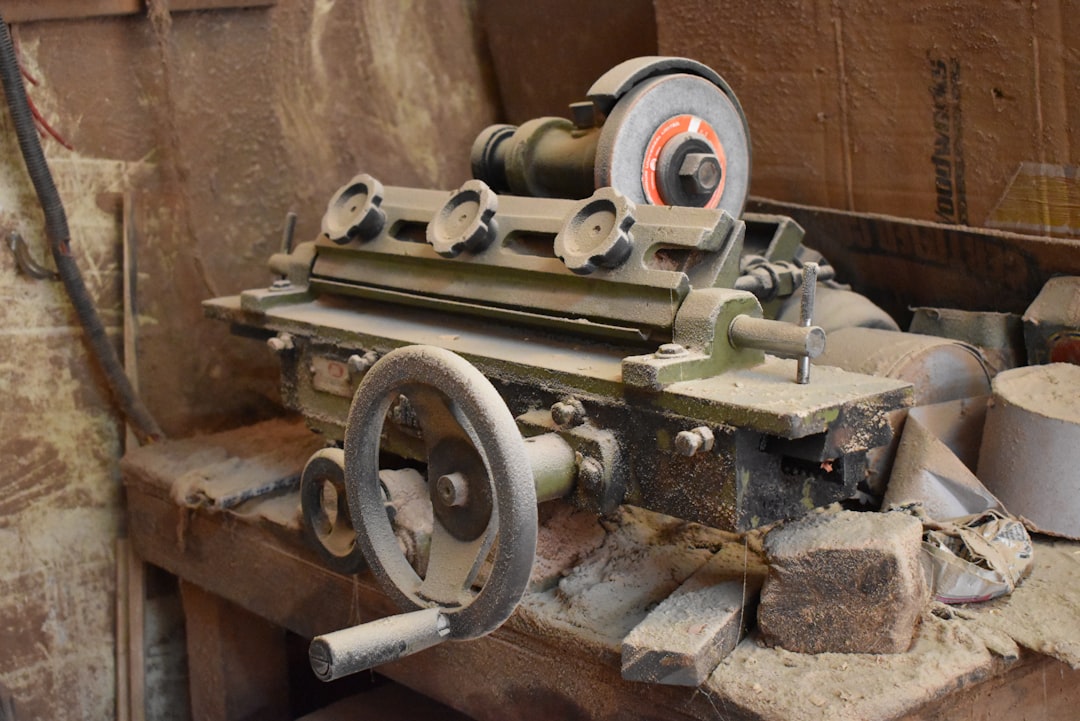What is it about?
Material grading means altering material properties along the length for improvement in performance. In this paper, a tool to do this efficiently in theory for thermoelectric modules has been established. With Mg2Sn as an example, it is shown that a gain in efficiency of about 7% in this material system can be obtained by utilising the temperature dependence of material properties for grading.
Featured Image

Photo by Amador Loureiro on Unsplash
Why is it important?
1. A simple tool connecting fundamental material properties to modules used in real time application is established for the first time in this study. 2. It is also shown that to optimise carrier concentration for actual applications, efficiency should be used as a metric instead of the conventional figure of merit which only optimises carrier concentration locally for each temperature (and therefore not for the application temperature range). 3. Improvement in performance through material grading can be easily studied with this tool
Perspectives
All the material optimisation so far has been done based on the figure of merit (zT) which is shown to be very misleading in the presented work. I hope from now on, researchers focus on the correct way of optimising the carrier concentration based on efficiency for real time applications. Also, a simple way of exploiting the temperature dependence of material properties paves way for much improvement in performance, compared to all the research focusing on improving the zT.
Prasanna Ponnusamy
German Aerospace Center (DLR)
Read the Original
This page is a summary of: Grading studies for efficient thermoelectric devices using combined 1D material and device modeling, Journal of Applied Physics, September 2022, American Institute of Physics,
DOI: 10.1063/5.0089762.
You can read the full text:
Contributors
The following have contributed to this page










